29/07/2025
29/07/2025
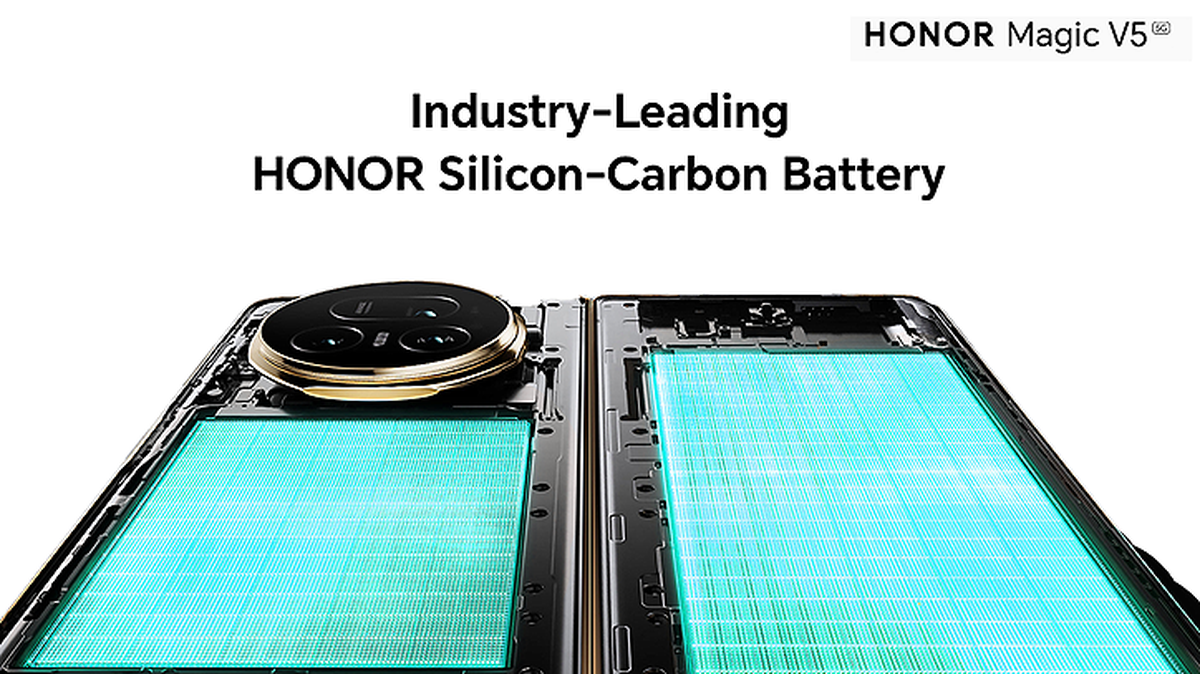
We use smartphones for almost everything: calls, photos, games, and even more. But behind every great phone is a powerful battery that keeps it running. Over the years, battery technology has advanced in stages, making our smartphones last longer, charge faster, and become lighter and thinner. Batteries have gone through different phases to meet the growing demands of everyday smartphone use.
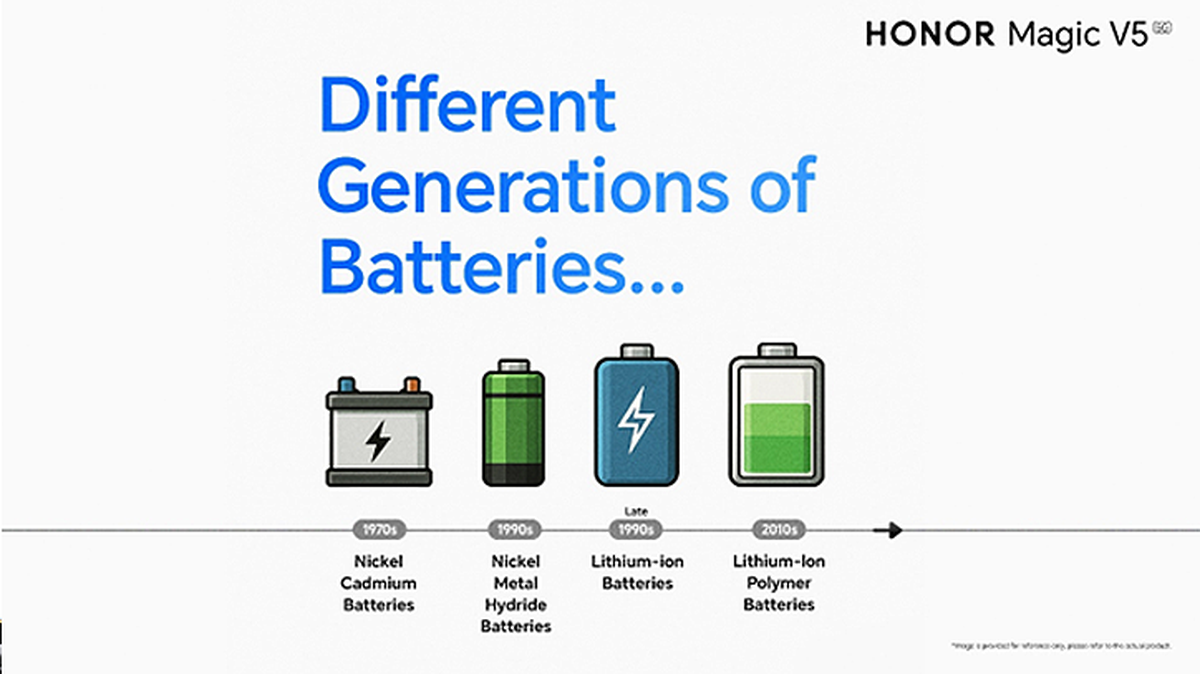
In the 1970s, Nickel-Cadmium batteries were used, but they charged slowly, had low capacity, and didn’t last very long. The 1990s brought better batteries with increased energy storage and longer life, though they still faced safety issues like overheating.
By the 1990s, lithium-ion batteries arrived, offering much higher energy density and lighter weight, allowing phones to run longer and become slimmer. The 2010s introduced lithium-ion polymer batteries that were thinner and safer, enabling the slim, stylish smartphones we know today.
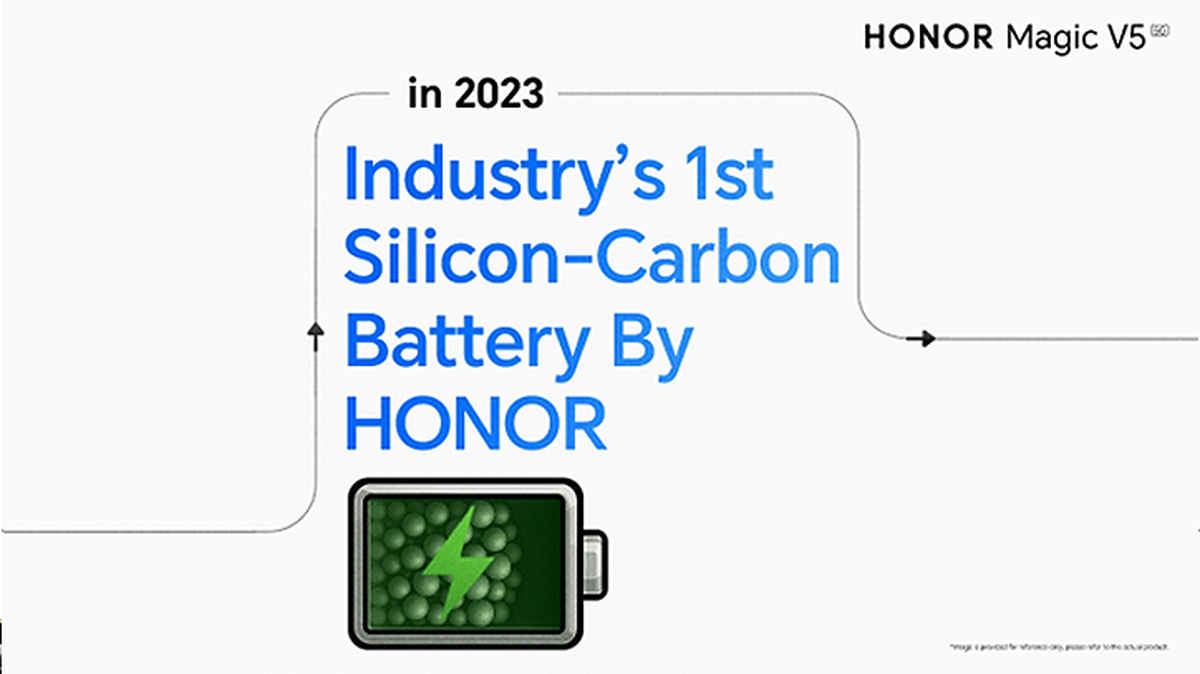
The latest breakthrough came in the 2020s with silicon-carbon anode batteries. Launched 1st by HONOR in 2023, this revolutionary technology enhances battery capacity, pushing smartphone battery performance to new heights.
Why Silicon-Carbon Batteries Are Revolutionary
HONOR’s silicon-carbon battery technology is a big step forward in how smartphones and other devices get their power. Let’s break it down into simple parts with just a little technical detail so it’s easy to understand.
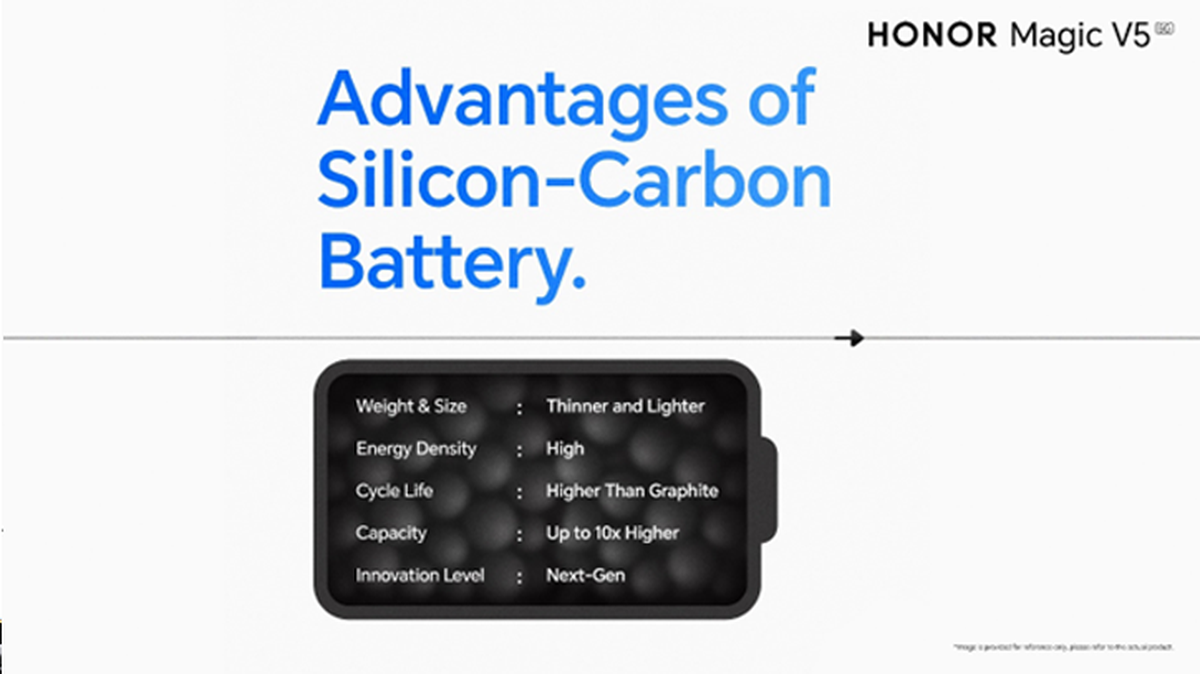
The Basics: How a Battery Works
Think of a battery as a small power tank. It has three main parts:
- Anode (negative side): Stores lithium ions when the battery is full.
- Cathode (positive side): ): Receives the ions when the battery is being used, releasing energy.
- Electrolyte: A special liquid or gel that lets the ions move between the two sides
This movement of ions is what powers your phone.
The Old Way: Graphite Anodes
For years, most batteries used graphite as the anode material. Graphite is reliable, but it can only hold a limited number of lithium ions. Think of it as a small parking lot, it works, but it can only fit so many cars (lithium ions). Even though technology is moving fast, some tech brands are still using this older battery method. This slows down progress, as it limits how much batteries can improve in capacity and overall performance.
The New & Revolutionary Way: Silicon-Carbon Anodes
This is where HONOR’s innovation comes in. Instead of just using graphite, HONOR mixes silicon and carbon to create a much better anode.
The Star Player: Silicon
- More Power: Silicon can hold up to 10 times more lithium ions than graphite. That means much higher energy capacity in the same space
- The Problem: Pure silicon gets much bigger up to three times its size when charging. This swelling can break the battery over time, like a parking lot that grows too big and cracks
The Supporting Role: Carbon
- To solve the silicon swelling problem, HONOR mixes silicon with carbon to create a silicon-carbon composite anode
- HONOR uses a porous carbon framework to ensure good electrical conductivity and to control how much the silicon expands.
- They also apply nano-silicon in situ vapor deposition, a method, the special process to coat tiny silicon particles evenly onto the carbon framework. This keeps the silicon spread out and stable inside the battery.
- This combination strengthens the battery, making it more durable and efficient.
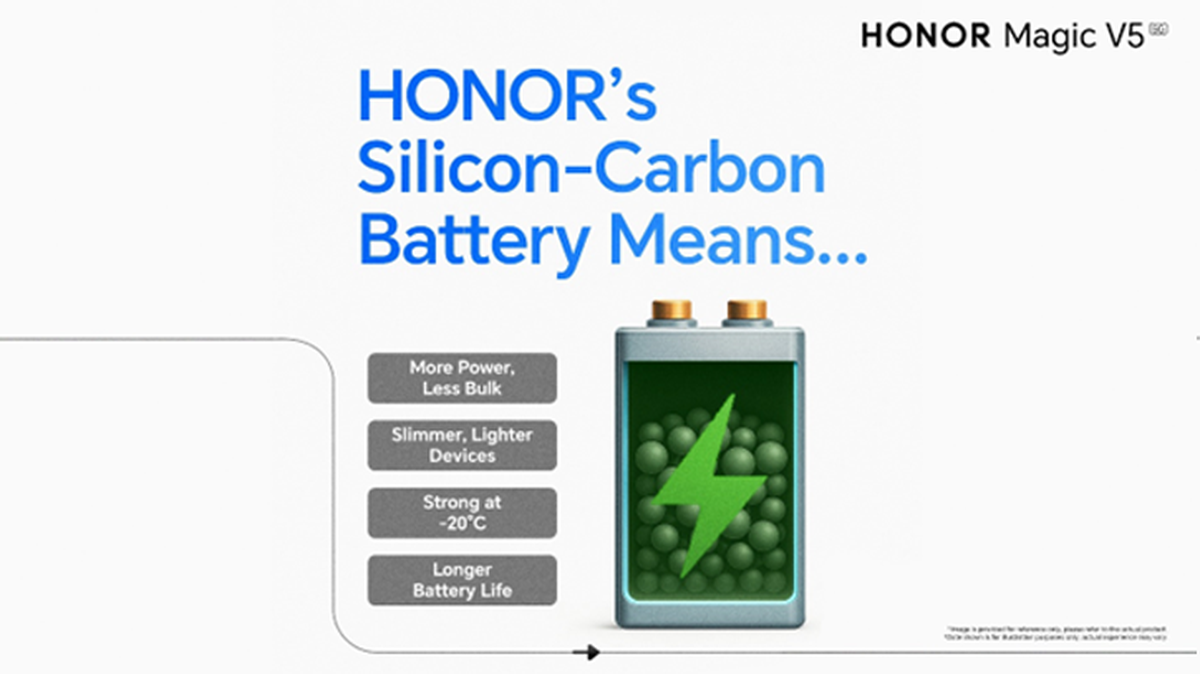
What HONOR’s Silicon-Carbon Battery Offers
- More Power in Less Space: This battery can hold a lot more energy without taking up extra room In simple words: Your phone can run longer without getting bulkier. In technical terms, It delivers higher capacity (mAh) and energy density (Wh/L) in the same size or weight.
- Thinner, Lighter Phones: Because the battery packs more energy into a smaller space, phones like HONOR Magic V2 and V3 can be slimmer than other foldables without sacrificing battery performance.
- Leading Silicon Content: HONOR uses up to 15% silicon in their battery anodes which is the highest among Chinese brands, meaning better energy storage and overall performance.
- Works Well in Extreme Conditions: These batteries keep performing even in freezing temperatures (down to -20°C)
- Longer Battery Life: With smart design and power management software and self-developed chipset (like HONOR’s E1/E2 chip), the battery stays healthy and lasts longer.n
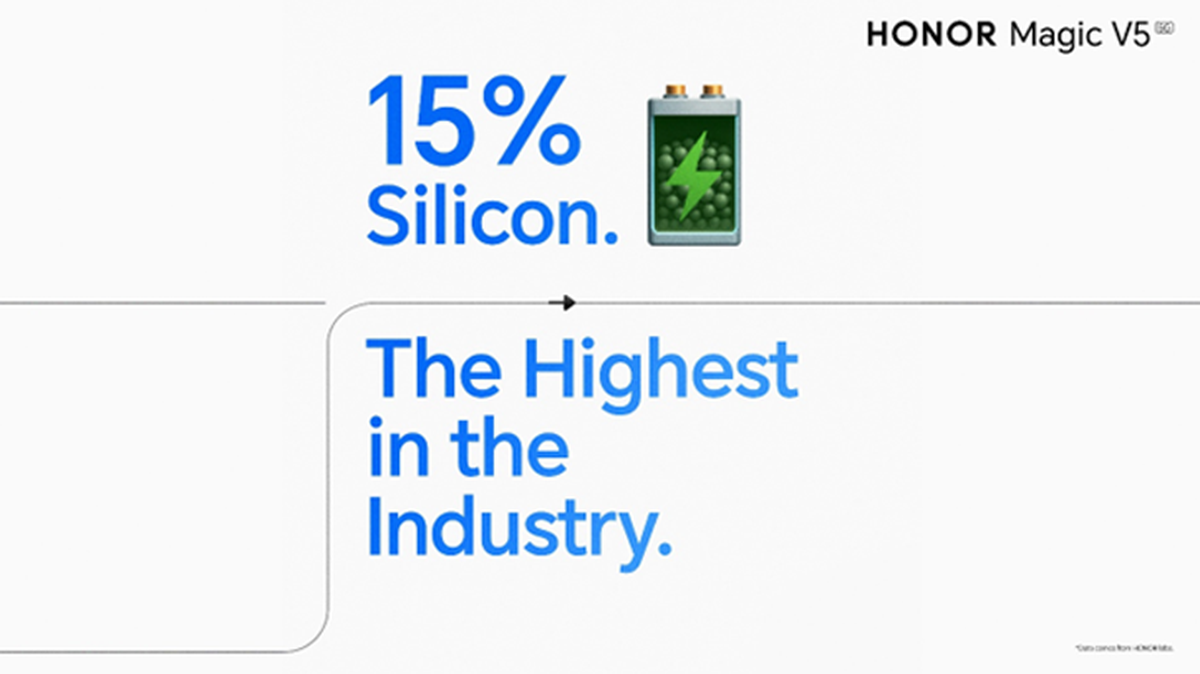
HONOR’s strength comes from its strong R&D team specializing in battery technology. About 40% of their R&D staff are doctors, and 50% have master’s degrees, showing deep expertise. They also have a solid supply chain, working closely with advanced and reliable suppliers to ensure high-quality materials.
With cutting-edge technology, exceptional R&D, human-centric approach, HONOR is powering the next generation of smartphones. Their breakthroughs mean longer-lasting, faster-charging devices that set a new industry standard for performance and reliability.
About HONOR
HONOR is a global leading AI device ecosystem company. It is committed to revolutionizing human-to-device interactions to bridge the AI ecosystem with all consumers in the agentic AI era and beyond. The company endeavors to open industrial boundaries through open, seamless collaboration to co-create a value-sharing ecosystem with industry partners. With an innovative product portfolio spanning AI phones, PCs, tablets, wearables and more, HONOR aims to empower every human, enabling everyone to embrace the new intelligent world.


